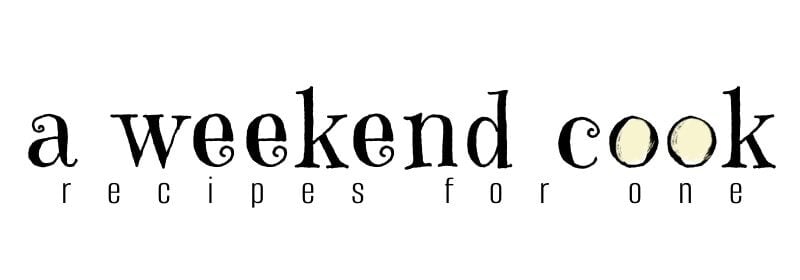Most recipes list the type of potato to use; however, you may want to change or experiment with other varieties. When making a stew, it’s important to choose the right type of potato to ensure that it holds up well during the cooking process and contributes to the dish’s overall desired texture and flavor.
To start on your stew-making journey you may enjoy trying this slow cooker short rib stew and the flavorful paprika chicken stew.
One burning question about potatoes is “Are green potatoes dangerous“. To answer this it’s best to go to the expert, the answer can be found on the USDA website.
The Three Common Types of Potatoes
It is worth noting that different potato varieties vary in taste, texture, and appearance within each category.
Waxy potatoes are low-starch potatoes that are high in moisture and have a firm, dense texture. They hold their shape well during cooking and are ideal for recipes that require potatoes to stay intact, such as potato salads, roasted potatoes, or boiled potatoes. Some common varieties are Fingerling, Red potatoes, potatoes and New potatoes.
Starchy potatoes are high-starch potatoes that have a dry, fluffy texture when cooked. They are ideal for recipes that require a mashed or baked potato, such as mashed potatoes, baked potatoes, or French fries. Starchy potatoes are also good for thickening soups and stews. A common type is the Russet, also sometimes called an Idaho potato.
All-purpose potatoes: These have a balance between starch and moisture, making them versatile and suitable for a variety of cooking methods. They hold their shape fairly well but break down slightly when cooked. Some common types of all-purpose potatoes are Yukon Golds, Purple Potatoes, and Yellow Finn.
Here are a few types of potatoes commonly used in soup and stew recipes
Russet potatoes are a popular choice for stews because they hold their shape well during cooking and have a fluffy texture that can help to thicken the stew. They also have a neutral flavor that allows the other ingredients in the stew to shine.
Yukon Gold potatoes have a buttery and creamy texture that can add richness and depth to stews. They hold their shape well during cooking but can also break down slightly to help thicken the stew.
Red potatoes are smaller and waxy, with a thin skin that can be left on during cooking. They hold their shape well and have a slightly sweet flavor that can complement the other ingredients in the stew. This french chicken stew uses baby red potatoes.
Sweet potatoes have a sweet and earthy flavor. The flesh of the sweet potato is soft and starchy, and can be cooked in many different ways, such as roasted, boiled, mashed, or fried. I frequently use sweet potatoes in my stew recipes.
New potatoes are known for their tender, creamy texture and delicate, sweet flavor. They are often boiled, steamed, served as a side dish, or used in salads and stews.
How does starch content affect potatoes?
Starch affects the potato’s texture, flavor, and cooking properties. When potatoes are cooked, the heat causes the starch granules to swell and absorb water, which results in a softer texture. The amount of starch in a potato can also affect how it cooks – high-starch potatoes, like russets, are better for baking and frying, while low-starch potatoes, like red or new potatoes, are better for boiling and roasting.
The type of starch in a potato can also affect its flavor. Potatoes with higher levels of amylose starch tend to have a more distinct, earthy flavor, while those with higher levels of amylopectin starch tend to have a creamier, softer flavor.
Overall, the starch content of potatoes is an important factor in determining their culinary properties and can affect everything from texture to flavor to cooking method.
